
Unveiling the Promising Nous AI Set by Matatastudio
The Nous AI Set by Matatastudio is more than just a robot; it’s a gateway to comprehensive AI education. Through hands-on projects and interactive learning, students are introduced to the complexities of artificial intelligence in an engaging and accessible way. By integrating cutting-edge technologies and methodologies, the Nous AI Set by Matatastudio empowers students to explore and understand the rapidly evolving world of AI, preparing them for the challenges and opportunities of the future.
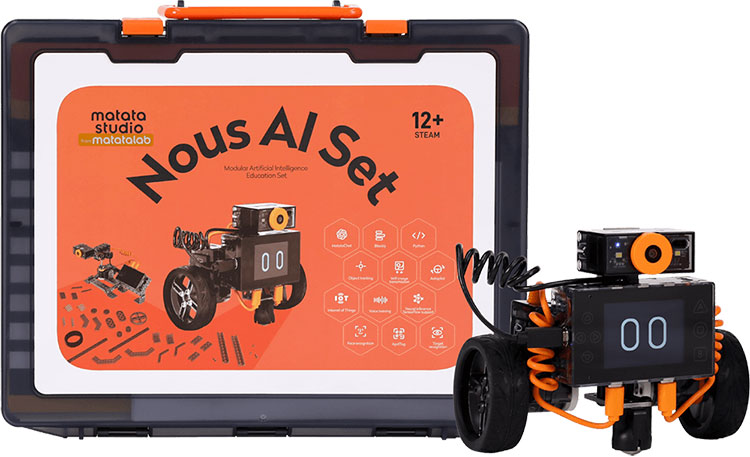
Exploring the Key Features of the Nous AI Set
Machine Learning with the Nous AI Set
Machine learning is a branch of AI that enables computers to learn from data and improve their performance over time without explicit programming. The Nous AI Set by Matatastudio introduces students to this concept through hands-on projects which demonstrate real-world applications. With its interactive curriculum, visual programming interface, and modular design, students can easily grasp complex concepts and engage in creative experimentation.
Computational Thinking
Computational thinking is a superpower for problem-solving, teaching students to break down challenges, identify patterns, and create solutions. It’s important because it sharpens problem-solving skills, boosts critical thinking, prepares students for various fields, and builds confidence and resilience. The Nous AI Set from Matatastudio enhances learning through hands-on activities, focusing on core concepts like decomposition, abstraction, and algorithms. It makes computational thinking interactive and engaging by allowing students to code with physical blocks and encourages playful exploration, turning learning into a fun and enriching experience.
Design Thinking Excellence
Design thinking tackles problems by understanding user needs and creating innovative solutions through cycles of brainstorming, prototyping, and testing. The Nous AI Set by Matatastudio empowers this process by allowing students to create real-world projects that build empathy with users. Its modular design encourages exploration of multiple solutions, while the various components like cameras and sensors facilitate quick prototyping and testing. This hands-on approach with the Nous AI Set lets students learn from mistakes and iterate on their designs, ultimately boosting their creativity and problem-solving skills.
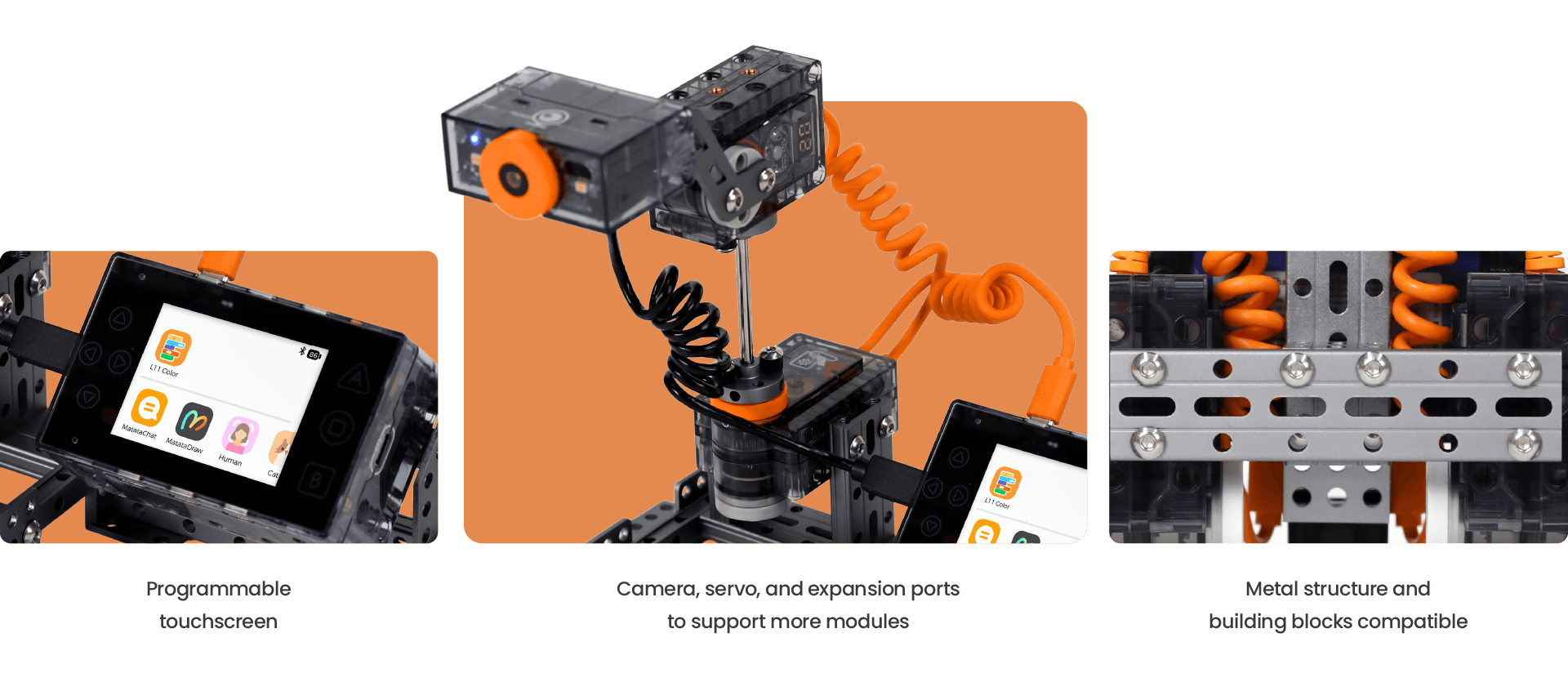
Intuitive Touchscreen Programming
Forget complex lines of code! The Nous AI Set features a user-friendly touchscreen interface that makes programming the robot accessible for students of all experience levels. This visual approach allows them to grasp core programming concepts like loops, sequences, and conditionals in a fun and interactive way.
Highly Customizable
The Nous AI Set includes cameras, servo motors, and expansion ports so that students can unleash their creativity and build robots with a wide range of functionalities. Imagine robots that can take pictures, follow lines, or even interact with objects! These expansion options allow students to tackle more complex projects as their skills develop.
Sturdy Metal Structure
Learning shouldn’t be fragile! The Nous AI Set boasts a durable metal frame that can withstand the bumps and bruises that come with enthusiastic experimentation. This opens up a world of possibilities for students to design unique robot bodies and enclosures, letting their imaginations take the lead.
The Nous AI Set by Matatastudio is more than a tool for teaching coding; it’s a comprehensive educational system designed to inspire a love for learning and exploration in the fields of AI and robotics. By combining hands-on projects, an intuitive programming interface, and robust, customizable hardware, the Nous AI Set prepares students for the future. It encourages them to think critically, solve problems creatively, and develop skills that will be invaluable in the rapidly advancing world of technology. With the Nous AI Set, students are not just learning about AI—they are shaping the future.

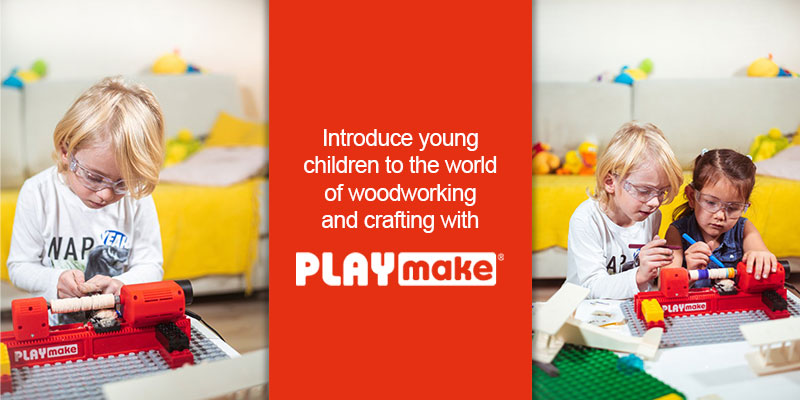
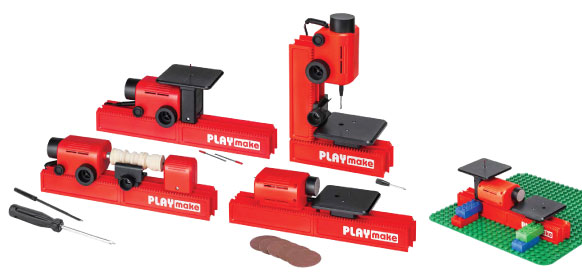

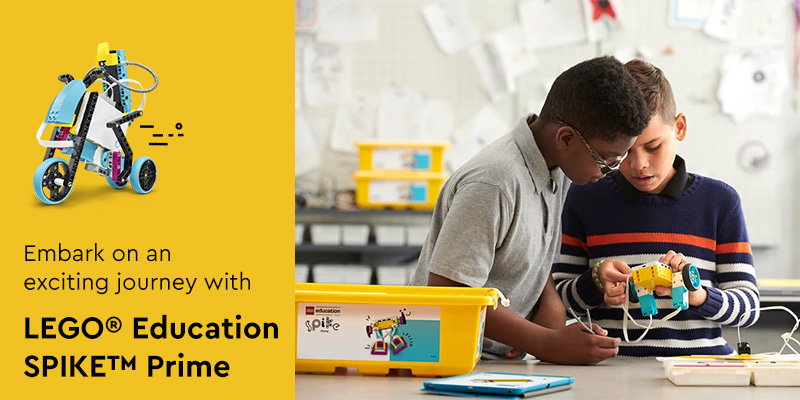

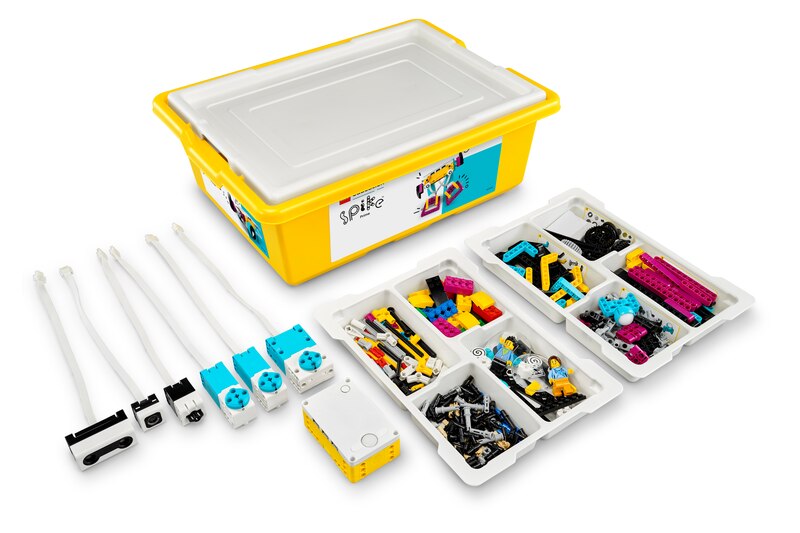
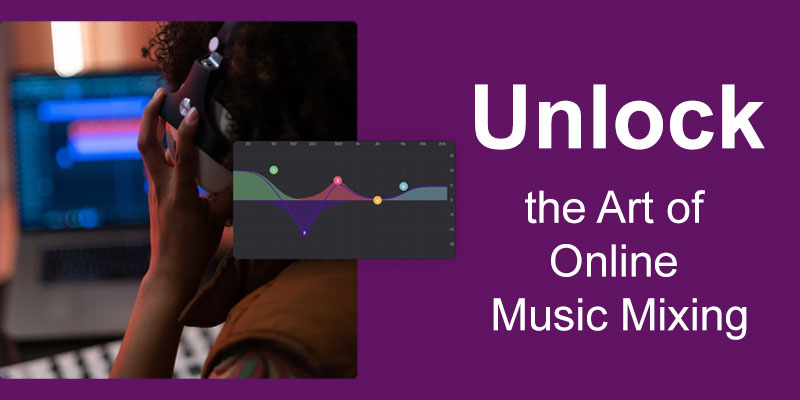
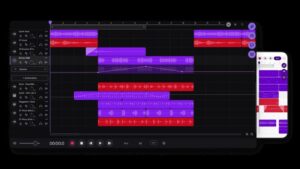




Recent Comments